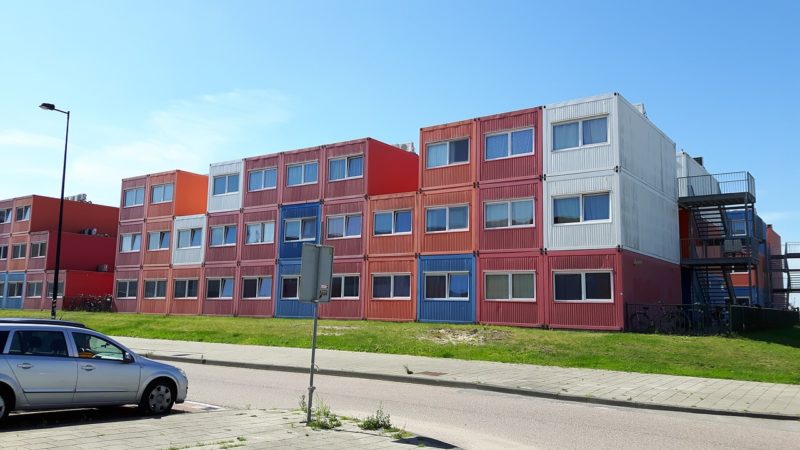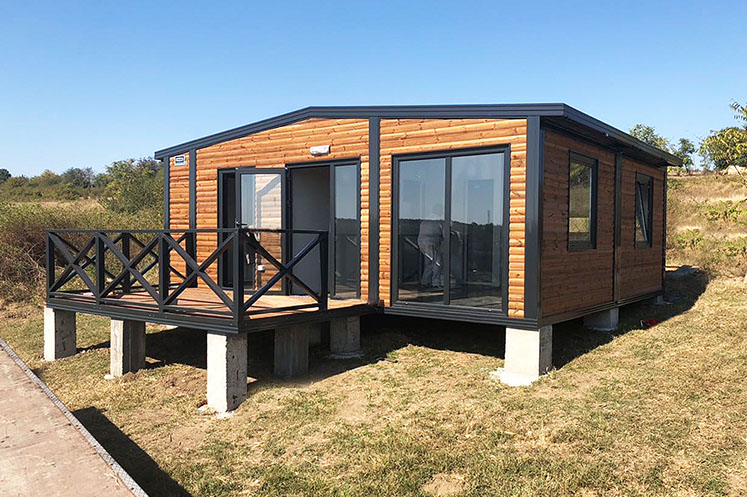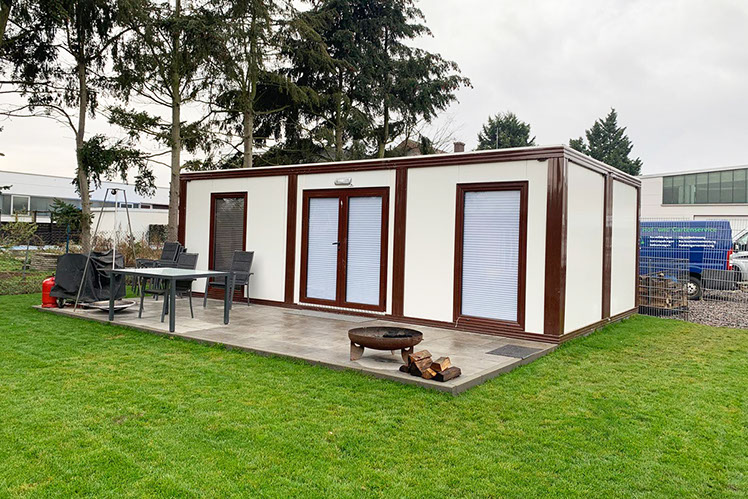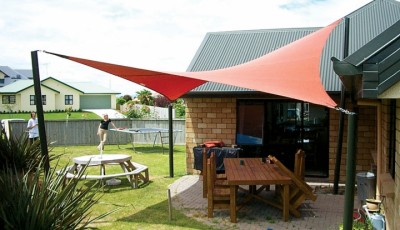Trendy Storage Containers Homes: Pros, Cons, and Tips
Today, many creative people have taken it upon themselves to transform conventional storage containers into livable domiciles: These shipping container homes have multiple benefits, such as offering an exceptional return on one’s investment. However, creating trendy storage container homes will take work, and knowing what you’re getting into beforehand is imperative in order to obtain an exceptional value for your money.
Shipping containers also have limitations that you should be aware of, and the purpose of this article is to provide you with some storage container home tips as well as outline the pros and cons of storage container homes.
Pros
One of the biggest problems that the world is currently facing is the excess production of waste products. With hundreds of millions of tons of waste being generated annually in North America alone, more and more governments and companies are looking into new and creative ways to promote environmental sustainability. As such, the reusing or recycling of waste can help reduce the amount of waste that ends up in landfills, where waste products are left to rot, corrode, and leak harmful contaminants into the earth and water supplies.
Price
Arguably the biggest advantage of owning a storage container home is the superlative value for the money that it provides. Most storage container homes are quite cheap, and a conventional shipping container will cost between 2,000 to $5,000; which amounts to roughly $80 to $90 per square foot. Furthermore, structural work, if any, is kept to a minimum, which further reduces any upkeep, repair, or maintenance costs. As such, a smart and industrious home flipper can purchase multiple shipping containers, transform them into livable homes, and sell them in order to generate impressive profits.
Green Building
As mentioned, transforming shipping containers into homes is an eco-friendly means to reduce the amount of waste being produced every year. In other words, transforming containers into homes is an eco-friendly practice, as the containers are repurposed into houses instead of being melted down. To further illustrate, a single recycled storage container will consist of over 7,000 pounds of reused steel.
In addition, repurposing containers into homes will also prevent the use of cement and bricks to construct homes. Given the fact that the cement industry is one of the biggest producers of noxious CO2 emissions, reducing the amount of cement being used will help promote environmentally sustainable initiatives.
Ease/Speed of Construction
Evidently, another big advantage of transforming a storage container into a home is that it is much easier to build a storage container home vis-a-vis a conventional housing unit. In fact, it is possible to have your storage container home be constructed off-site and then have it delivered directly to your lot.
Safety
Storage container homes can provide a level of safety that is hard to match. For instance, with a storage container home, you will be able to keep the sturdy and durable metal doors that are included, and the walls are almost impenetrable by man or the elements. In fact, not only are the walls fire and weather resistant but they are also pest proof, eliminating the need for exterminators, bug traps, and the like.
Cons
While storage container homes have multiple benefits, both financial and environmental, they are not without their drawbacks Below, we go over some of the cons or issues with storage container homes that you should be aware of before you decide to invest in them.
The Need for Insulation
A shipping container is essentially a monolithic box fabricated with steel, which allows it to be an impressive conduit for both heat and cold. As such, in order to properly insulate the container, many owners will have a substructure installed within the storage container. The substructure will also help with the utilities, such as gas, electric, and plumbing. However, the need for added insulation will lead to an increase in the cost of the investment.
Narrow Design and Low Ceilings
Shipping containers are low in stature and are also quite narrow. The container will become even shorter in its height if you decide to add insulation, plumbing, and an HVAC system. Hence, the narrow design and low ceilings of storage container homes will limit the amount of livable space you have to work with.
Are they Really Green?
If you decide to purchase a second-hand shipping container for home repurposing, then you should be aware that it will likely contain elevated levels of chemical residue. Many used storage containers are actually coated with a paint made with lead in order to withstand ocean spray. Due to the aforementioned issue, most building enterprises opt for new storage containers instead of used containers.
Building Permits and Building Codes
You will need to ensure that you have all of the necessary permits and building codes before you can purchase and repurpose your storage container. As such, you will need to spend some time gathering and filing all of the necessary paperwork in order to make sure that your storage home adheres to all municipal codes in order to avoid hefty fines, legal sanctions, and possible confiscation.
Tips
There are several things you need to consider before building a storage container home. For instance, you need to find a full-service contractor that will take care of all of your trash removal needs under one roof. You need to also have a thorough and detailed insulation plan, and planning ahead for electrical and plumbing fixtures is a must. Seeing before you buy is also paramount, and you should always ask the seller to provide a detailed description of the storage containers, as well as multiple detailed photographs.
Furthermore, older storage containers may suffer from structural problems, rust, dents, and other issues that you should be aware of before you buy. Due to the aforementioned issues, we would recommend that you purchase your storage containers from a reliable storage container seller.














